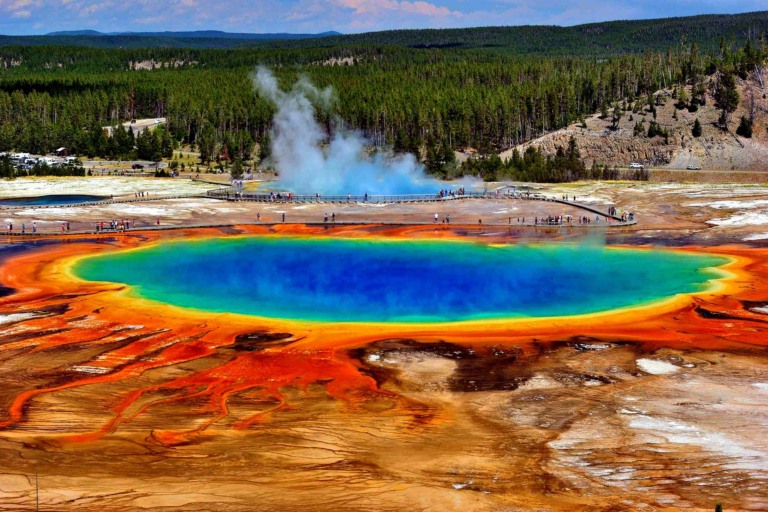US landmarks, cultural heritage, indigenous people, colonial background, historical significance, and their importance as landmarks in the USA. The United States is a vast and diverse country with a multitude of landmarks that hold cultural heritage, reflect indigenous history, colonial background, historical significance, and contribute to the nation’s identity. Here’s a summary of the importance of US landmarks:
US Landmarks
1. Cultural Heritage: US landmarks showcase the country’s cultural diversity and heritage, representing the contributions of various ethnic groups that have shaped American society. They encompass a wide range of traditions, arts, and customs, reflecting the multicultural fabric of the nation.
2. Indigenous People: Many landmarks in the US have connections to indigenous cultures, serving as reminders of their historical presence and contributions. These sites are sacred to indigenous communities, preserving their spiritual and cultural ties to the land.
3. Colonial Background: Some US landmarks date back to the colonial period, showcasing the early European settlement and the blending of Native American and European cultures. These sites provide insights into the challenges and triumphs of the country’s early history.
4. Historical Significance: US landmarks hold historical importance, representing pivotal moments in the nation’s history. From sites of the American Revolution to Civil Rights Movement landmarks, they serve as touchstones for understanding key events and societal progress.
5. Symbolism of National Identity: Many US landmarks, such as the Statue of Liberty and Mount Rushmore, are iconic symbols of American values and ideals, such as freedom, democracy, and unity. They embody the American spirit and aspirations.
6. UNESCO World Heritage Sites: Some US landmarks have been recognized by UNESCO for their outstanding universal value and importance to humanity’s shared heritage. These designations underscore the need to preserve and protect these sites.
7. Education and Civic Engagement: US landmarks provide educational opportunities for visitors to learn about history, culture, and civic values. They foster a sense of patriotism and civic responsibility, encouraging engagement with the nation’s past and present.
8. Tourism and Economic Impact: US landmarks attract millions of tourists, contributing significantly to the country’s economy. They support local businesses, create jobs, and promote tourism-related industries.
9. Conservation and Preservation: Many US landmarks are protected and preserved for future generations. Conservation efforts aim to maintain their historical integrity and cultural significance, ensuring their importance endures.
In summary, US landmarks play a crucial role in preserving the nation’s cultural heritage, honoring indigenous history, commemorating colonial background, and celebrating historical milestones. They are symbols of national identity, inspiring pride and unity among Americans. These landmarks attract visitors, educate the public, contribute to the economy, and foster a deeper appreciation for the diverse and fascinating history of the United States.
US World Heritage Sites

Chaco Culture, aka Chaco Canyon

UNESCO Sites in USA

Yellowstone National Park Facts History
